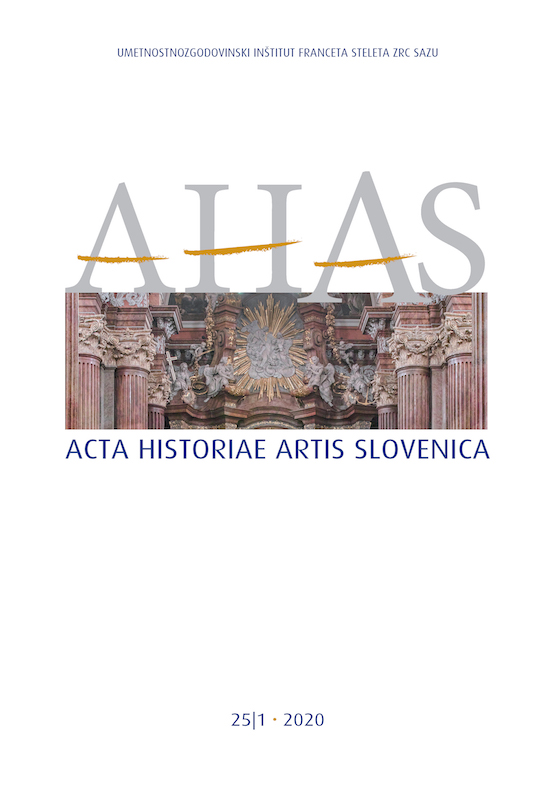In the ‘Public Interest’ ? Dispossessing Art Collections in Communist Czechoslovakia between 1948 and 1965
DOI:
https://doi.org/10.3986/ahas.25.1.10Keywords:
dispossessions, communist Czechoslovakia, art collecting, modern art, National Gallery in Prague, Vincenc Kramář, Václav Butta, Rudolf Barák, František Čeřovský, Emil FillaAbstract
In the first decade after the 1948 Communist coup d’état, private art collecting in Czechoslovakia experienced a great deal of ideologically motivated oppression. Targeted, systemic action was taken against representatives of the bourgeoisie, former social elites, who had hitherto been the vehicles of this art collecting phenomenon. The persecution peaked in 1959 and 1960 through exemplary trials with eminent pre-war art collectors. This provoked the extensive wave of violent dispossessions of private artistic assets, the significant mobility of prominent and large art collections from the private to the public sphere in the late 1950s and early 1960s. The article is concerned with several pattern cases of trials, resulting in the confiscation of property, the enrichment of the leading public collections and exemplary punishment, and also cases of other ‘soft’ ways of dispossessing individuals through the so-called legally forced ‘gift’/‘donation’ of art equivalent in value to an inheritance or property tax that had been levied.
Downloads
Downloads
Published
How to Cite
Issue
Section
License
Copyright (c) 2020 ZRC SAZU and the authors

This work is licensed under a Creative Commons Attribution-NonCommercial-NoDerivatives 4.0 International License.
Authors guarantee that the work is their own original creation and does not infringe any statutory or common-law copyright or any proprietary right of any third party. In case of claims by third parties, authors commit their self to defend the interests of the publisher, and shall cover any potential costs.
More in: Submission chapter




